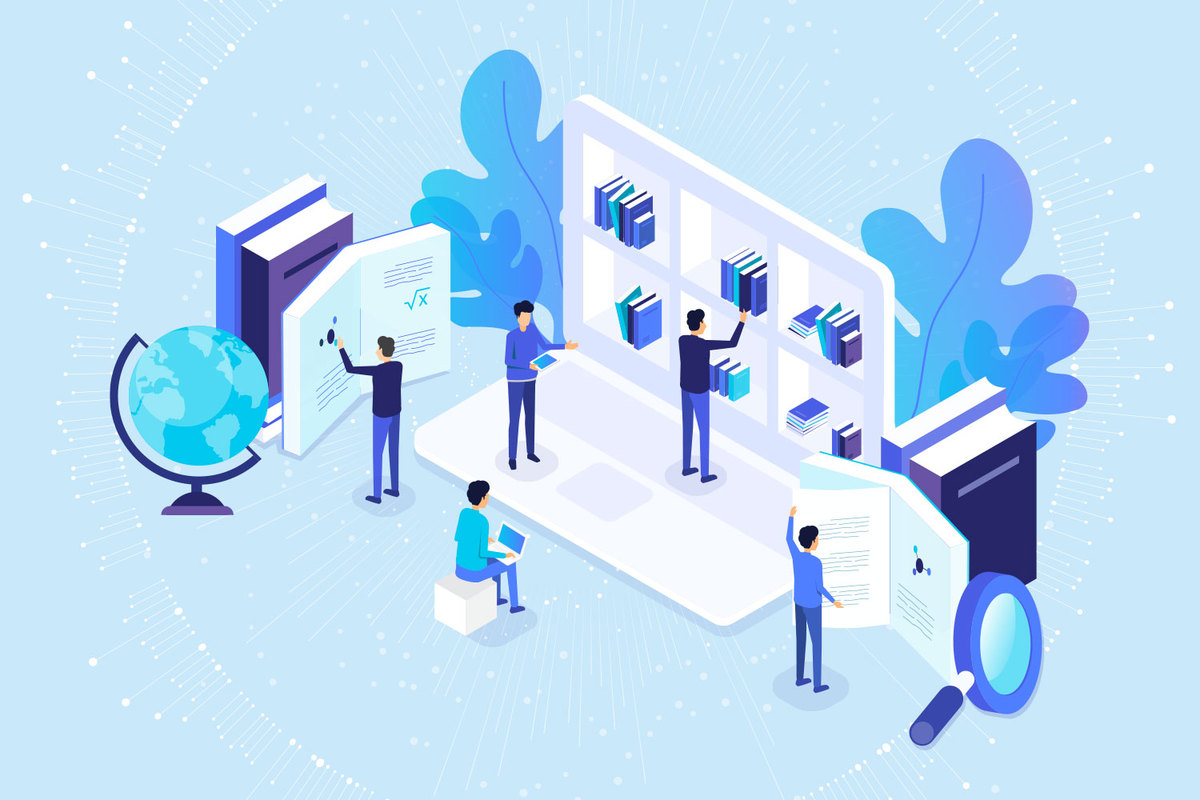As an industry, management consulting is primed to take the lead in AI adoption. Our report, Setting the Pace: How Management Consultants are Leading the GenAI Revolution shows that a staggering 80% of...
For professional services firms like management consultants, market researchers, and IT services, performing quality research is essential but time-consuming. Fortunately, new generative AI tools can automate...
Nearly 9/10 executives consider investing in AI and data to be a top priority for their company. But 8/10 of those initiatives are likely to end in failure. In this post, we explore the key reasons behind...
Market intelligence data is the difference between reacting to change and staying ahead of it. Organisations that track external insights - covering industry shifts, competitor strategies, and regulatory...
Why senior banking leaders must shift from adoption to enablement and prepare their teams for a new era of performance. Investment Banking Is Poised to Lead the GenAI Transformation If any sector is...

As 2021 winds down, predictions for 2022 are already ramping up. Unsurprisingly, big data and artificial intelligence lie at the heart of many forecasts; a fact that holds true for higher education. Our soon-to-be-released trend report highlights five areas of focus where universities are concerned:
- Universities Expand Data-oriented Curriculum & Degrees
- Python Takes Over as the Top Programming Language of Data Science
- Remote Learning Skyrockets & Democratizes Data Science
- Lines Blur Between Data Lakes & Data Warehouses
- Corporate/Academic Big Data Collaborations Gain Momentum
Here’s a quick overview of the first two trends on that list.
Rising to meet future workforce needs for data science specialists
Big data just keeps getting bigger. Consequently, hiring demand in data-driven careers is on the rise as well. In 2022, more universities will pivot to address the need. The number of universities offering data science degrees is already climbing and the upward trajectory will continue, with broadening degree tracks to support the ever-widening applications for artificial intelligence, machine learning, and data analytics.
What’s more, universities already offering degree programs will rework offerings to allow students without a computer science background to develop the skills needed to leverage big data in the future. As the KDnuggets™ blog points out, “AI is now a mainstream discipline. It is not a research niche anymore, but more and more segments of the data analytics society are claiming an access to it.” The writing is on the wall: Regardless of students’ academic focus, understanding how to draw insights from data and communicate them effectively will empower students when they move on to careers in business, engineering, healthcare, and other organizations.
Empowering data science students with Python-based tools
According to KDnuggets, Python is primed to knock R from its perch as the top programming language. Not only is Python considered more user friendly for coding and readability, KDnuggets says, “Unlike R, which is used primarily for statistical computing and graphics, Python can be readily deployed for machine learning as it collects and analyzes data on a deeper level than its predecessors.”
Nexis Data Lab is one such tool for academic research. Students enjoy access to the same valuable news content in our academic research platform Nexis Uni®, but within a Jupyter notebook environment that facilitates data science experimentation, visualizations, and analysis. It even includes pre-packaged Python and R notebook libraries, as well as the ability to import and use custom code, so students gain experience working with programming codes that they’re most likely to encounter in their future careers.
Ready to explore more data trends for universities? Let us know and we’ll alert you when the trend report is available.